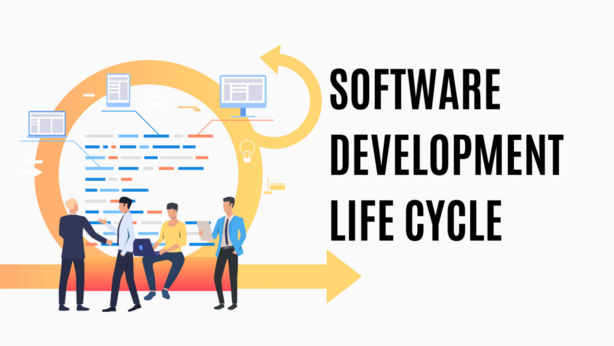Upgrade & Secure Your Future with DevOps, SRE, DevSecOps, MLOps!
We spend hours on Instagram and YouTube and waste money on coffee and fast food, but won’t spend 30 minutes a day learning skills to boost our careers.
Master in DevOps, SRE, DevSecOps & MLOps!
Learn from Guru Rajesh Kumar and double your salary in just one year.

Hi everyone, today our topic is related to the software development lifecycle. In other words, what is the life cycle followed during software development? Everything we do in our day-to-day life has a lifecycle involved in it knowingly or unknowingly, we are following a lifecycle or a pattern. For example, we make tea or coffee everyday morning to power our day. What is the procedure for making tea boiling water adding milk adding tea powder adding some sugar? These are the following steps that everybody follows during the time of tea making. The method in which the ingredients are added is the life cycle of tea making process. Let’s see. What are the possible life cycles one can follow here some people boil the water first add milk add tea then add sugar that he is ready? For some others, the order is to add milk and water together bring it to boil then add some tea and then sugar. The rest part of them is in boiling water, add tea brew it well then add some milk to the taste, and then add sugar. So, we saw here the lifecycle involves the steps, which is adding a water milk tea powder for sure. The order in which you do? It is based on your preference. If you want to honor a no sugar diet or a diet or a diabetic person adding sugar becomes an optional step in this life cycle. But no matters what life cycle we follow all of us aim for just one thing a refreshing drink to get you started for the day. Similarly, when developing software. There are numerable steps to develop an ideal quality robust software. These ways of things have been identified and proven to work by experienced teams across the globe. So, let’s go through these seven inevitable processes with a software development lifecycle. Step number one is called planning,
Planning: Planning is where the stakeholder’s business team project manager’s program manager’s technical leads everyone sits together and plans on what needs to be built in simple terms the scope of the application and the milestones by which the software should be ready.
Step number two is
Analysis: Analysis where business analysts on the project will analyze the requirements and teachers that are expected out of the software in detail.
Step number three is
Design: This is the stage where the architects and technical team get involved. They participate in the designing process and decide the architecture of the solution.
Step number four is
Implementation: Finally, it is time to start developing the development team gets on it and starts building the software
Step number five is
Testing: Testing the software gets through a testing team cycle where they start finding defects or bugs. These all defects and bugs get assigned back to the development team, they fix and give them back for retest or testing. This cycle continues until the software is ready for deployment.
Step number six is
Acceptance: Once good quality software is ready. The software is ready to stakeholders for their approval if they are happy with it that means it’ll go signal the software can be deployed for being used by the end customers.
Step number seven and the last one after the deployment scene is called the maintenance base part
Maintenance: This is the part where the deployment team and the operations team. Always make sure that the software is running without bugs and always have been running in the environment.
So, these are the seven steps that we saw involved in the software development lifecycle.

 Starting: 1st of Every Month
Starting: 1st of Every Month  +91 8409492687 |
+91 8409492687 |  Contact@DevOpsSchool.com
Contact@DevOpsSchool.com